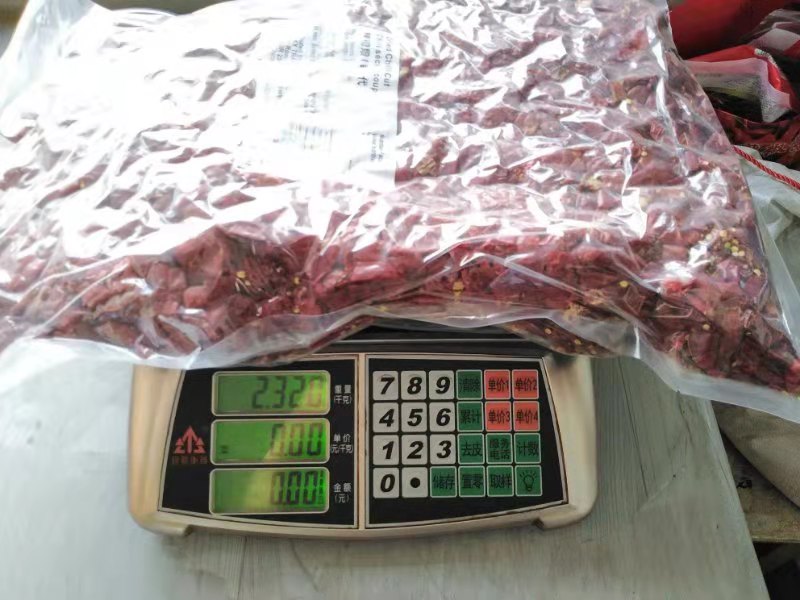Nov . 06, 2024 07:00 Back to list
Chinese Chili Powder Price List and Market Trends for 2023
The Price Dynamics of Chili Powder in China A Comprehensive Analysis
Chili powder is an essential condiment in Chinese cuisine, providing not only flavor but also vibrant color and a characteristic heat that enhances a wide variety of dishes. As the global palate becomes increasingly adventurous, demand for chili powder has surged, particularly in a country like China where spicy food is an integral part of regional cuisines. In this article, we will delve into the current price dynamics of chili powder in China, exploring factors influencing its pricing, regional disparities, and future trends.
Understanding the Price Fluctuations
The pricing of chili powder in China is influenced by several interrelated factors, including production levels, market demand, import/export dynamics, and seasonal variations. Typically, chili powder prices in China can vary significantly based on the region from which the chili peppers are sourced. Areas such as Sichuan and Hunan, known for their spicy cuisine, are primary producers and often set the benchmark for quality and pricing. As of recent data, the average price of chili powder hovers around 30 to 100 CNY per kilogram, but this can fluctuate based on quality, processing methods, and availability.
Seasonal Variability
Seasonality plays a crucial role in the price of chili powder. The peak harvest season for chili peppers in China usually occurs from July to September. During this period, prices tend to be lower due to the abundance of fresh produce. However, as the harvesting season concludes and supplies dwindle, prices often experience an uptick. For example, during the offseason, prices can rise by as much as 20-30% due to reduced supply and increased demand, as consumers and retailers stock up for the colder months, when fresh produce is less available.
Geographical Pricing Disparities
Regional pricing disparities also contribute to the overall price landscape of chili powder in China. For instance, in provinces like Sichuan where chili peppers are cultivated extensively, the local price might be significantly lower (around 20 CNY per kilogram) compared to cities far from production zones, where prices might soar to 70 CNY or more per kilogram. Moreover, urban centers such as Beijing and Shanghai often command higher prices due to increased transportation costs and higher demand from their diverse culinary scenes.
The Influence of Trade Policies
chili powder chinese pricelist

Trade policies also impact chili powder prices in China. The country is a major player in the global chili powder market and imports significant quantities from countries like India and Thailand. Fluctuating tariffs and trade agreements can affect import prices, leading to a cascading effect on local prices. For instance, during periods of strained trade relations, imported chili powder may become more expensive, prompting local producers to raise their prices to remain competitive.
The Rise of Health Consciousness
In recent years, there has been a noticeable shift towards health consciousness among consumers. Chili powder, known for its health benefits, including its ability to boost metabolism and provide vital vitamins, has gained popularity. Consumers are increasingly looking for organic or specialty chili powders, which often command higher prices. This trend has led to the emergence of niche markets that focus on premium products, further influencing the overall pricing structure.
Future Trends
Looking ahead, several trends are likely to shape the price trajectory of chili powder in China. Climate change poses a risk to agricultural output, affecting chili pepper yields and potentially leading to higher prices. Additionally, as the demand for spicy foods continues to grow both domestically and abroad, producers may face pressure to increase production efficiency and quality.
Furthermore, the popularity of online shopping and e-commerce platforms has transformed how chili powder is marketed and sold. Consumers can now access a broader range of products, including imported and artisanal varieties, often at competitive prices. This shift may lead to increased price transparency and competition among suppliers, benefiting consumers in the long run.
Conclusion
In conclusion, the price of chili powder in China is influenced by a myriad of factors, including production levels, seasonal variability, regional disparities, trade policies, and changing consumer preferences. As the market continues to evolve, stakeholders must remain adaptable to the shifting dynamics to ensure fair pricing and quality products. Understanding these nuances not only helps consumers make informed purchasing decisions but also provides insights for producers and retailers navigating this vibrant and competitive market.

